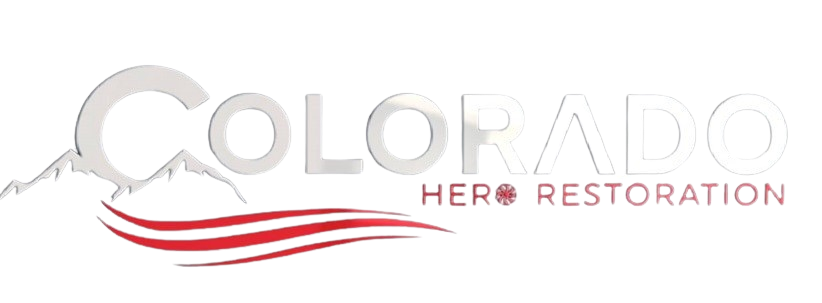Natural disasters can strike without warning, causing significant damage to commercial properties and disrupting business operations. Preparing your commercial property for such events is crucial to minimize damage, ensure safety, and enable a quick recovery. Here are some key steps to help you prepare your commercial property for natural disasters:
1. Conduct a Risk Assessment
The first step in disaster preparedness is to understand the specific risks your property faces. Different regions are prone to different types of natural disasters, such as earthquakes, floods, hurricanes, or wildfires. Conduct a thorough risk assessment to identify potential hazards and vulnerabilities. This assessment should include:
- Geographic Risks: Evaluate the likelihood of various natural disasters based on your location.
- Structural Risks: Assess the building’s structural integrity and identify areas that may need reinforcement.
- Operational Risks: Consider how a disaster could impact your operations, including power outages, supply chain disruptions, and employee safety.
2. Create an Emergency Plan
An emergency plan is essential for ensuring the safety of employees and minimizing property damage. Your emergency plan should include:
- Evacuation Routes and Procedures: Clearly marked evacuation routes and procedures for different types of emergencies.
- Emergency Contacts: A list of emergency contacts, including local authorities, emergency services, and key personnel.
- Communication Plan: A plan for communicating with employees, customers, and stakeholders during and after a disaster.
- Roles and Responsibilities: Designate roles and responsibilities for staff members in case of an emergency.
3. Invest in Disaster-Proofing Measures
Implementing disaster-proofing measures can help protect your property from damage. Some measures to consider include:
- Reinforce Structures: Strengthen the building’s structure to withstand natural disasters. This may include retrofitting for earthquakes or adding storm shutters for hurricanes.
- Install Backup Systems: Ensure you have backup systems in place, such as generators for power outages and sump pumps for flooding.
- Secure Loose Items: Secure outdoor items, such as signage and equipment, that could become hazardous during a storm.
- Fire-Resistant Materials: Use fire-resistant materials and maintain a defensible space around your property to reduce wildfire risks.
4. Regular Maintenance and Inspections
Regular maintenance and inspections can help identify and address potential issues before they become serious problems. Schedule routine inspections of the building’s structure, electrical systems, plumbing, and HVAC systems. Ensure that all safety equipment, such as fire extinguishers and emergency lighting, is in working order.
5. Train Employees
Your employees should be well-prepared to respond to a disaster. Conduct regular training sessions on emergency procedures, evacuation plans, and the use of safety equipment. Consider conducting periodic drills to ensure that everyone knows what to do in an emergency.
6. Review and Update Insurance Coverage
Having adequate insurance coverage is crucial for recovering from a natural disaster. Review your insurance policy to ensure it covers the types of natural disasters that are most likely to occur in your area. Consider additional coverage options, such as business interruption insurance, to protect against lost revenue during recovery periods.
7. Develop a Business Continuity Plan
A business continuity plan outlines how your business will continue to operate during and after a disaster. This plan should include:
- Alternate Work Locations: Identify alternate locations where business operations can continue if your primary location is unusable.
- Data Backup and Recovery: Ensure that all important data is regularly backed up and can be quickly restored.
- Supply Chain Management: Develop contingency plans for maintaining your supply chain during a disaster.
8. Establish Relationships with Restoration Professionals
Building relationships with restoration professionals before a disaster strikes can expedite the recovery process. Identify and establish relationships with reputable restoration companies that can provide immediate assistance in the event of a disaster. Having these contacts readily available will help you quickly initiate recovery efforts and minimize downtime.
9. Stay Informed and Monitor Alerts
Stay informed about potential natural disasters by monitoring weather reports and alerts from local authorities. Sign up for emergency notification systems to receive real-time updates and warnings. Being informed allows you to take timely action to protect your property and employees.
10. Conduct Regular Drills and Reviews
Regularly review and update your emergency and business continuity plans to ensure they remain effective and relevant. Conduct drills to test your plans and make adjustments based on the outcomes. Continuous improvement is key to maintaining a high level of preparedness.
Ready to Start?
At Colorado Hero Restoration, we are dedicated to helping businesses prepare for and recover from natural disasters. Our experienced team provides comprehensive restoration services to ensure your property is restored quickly and efficiently. Contact us today to learn more about how we can assist you in preparing your commercial property for natural disasters.
